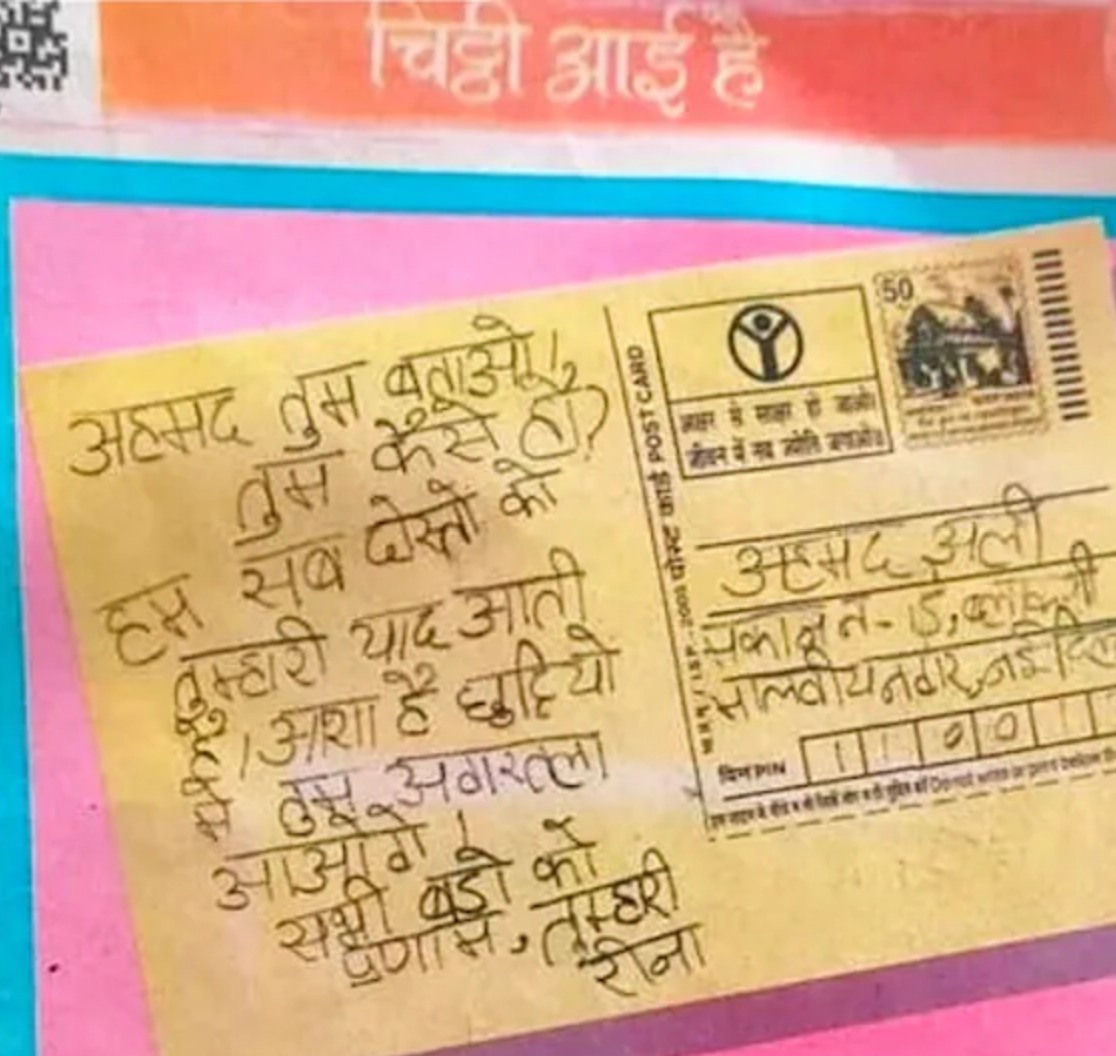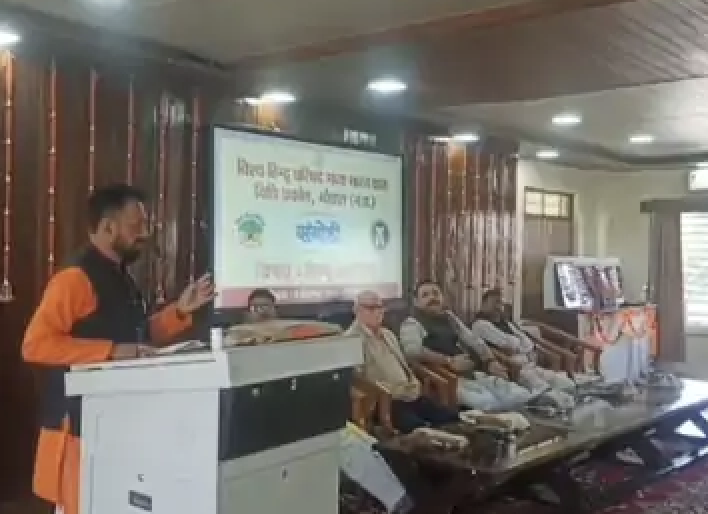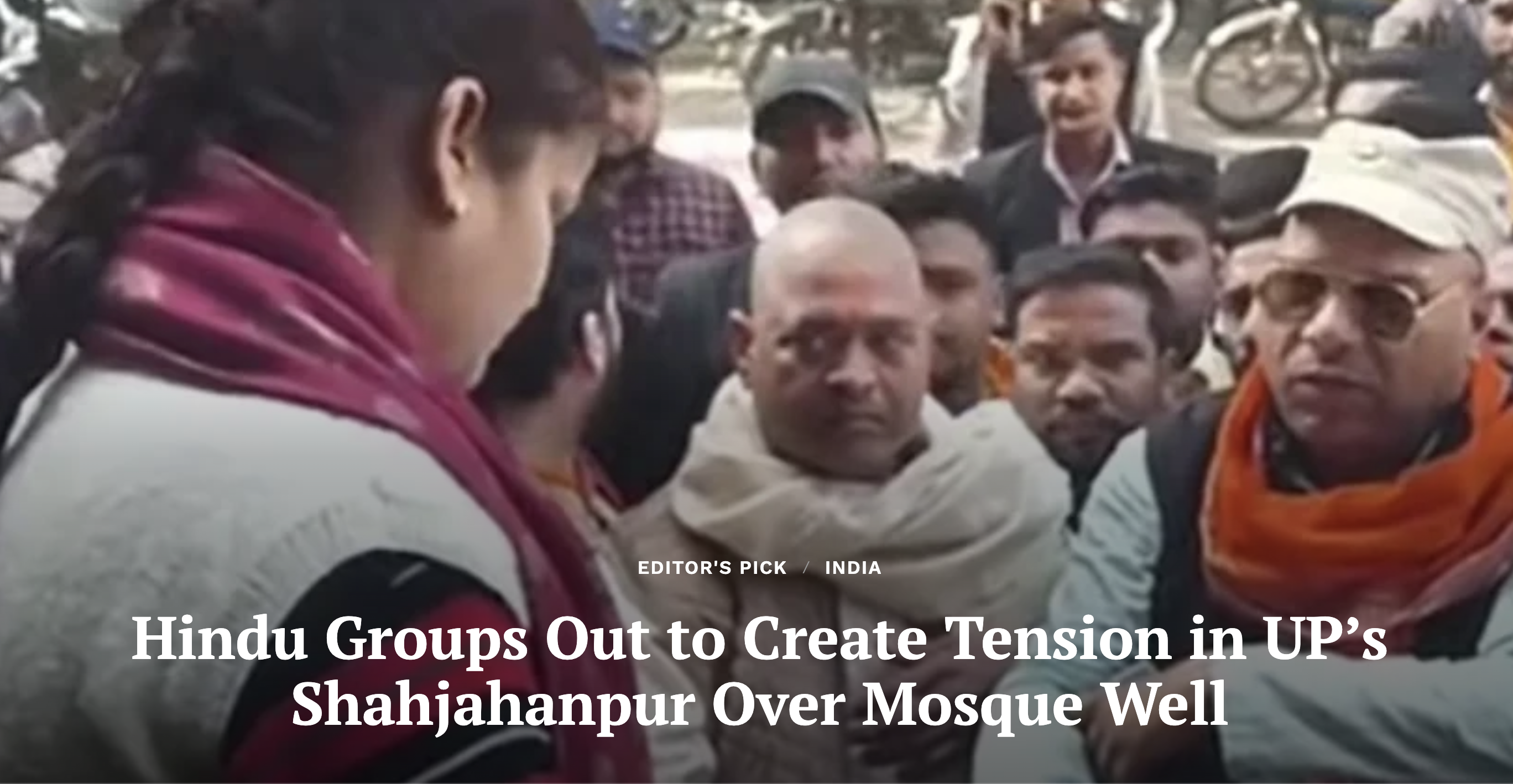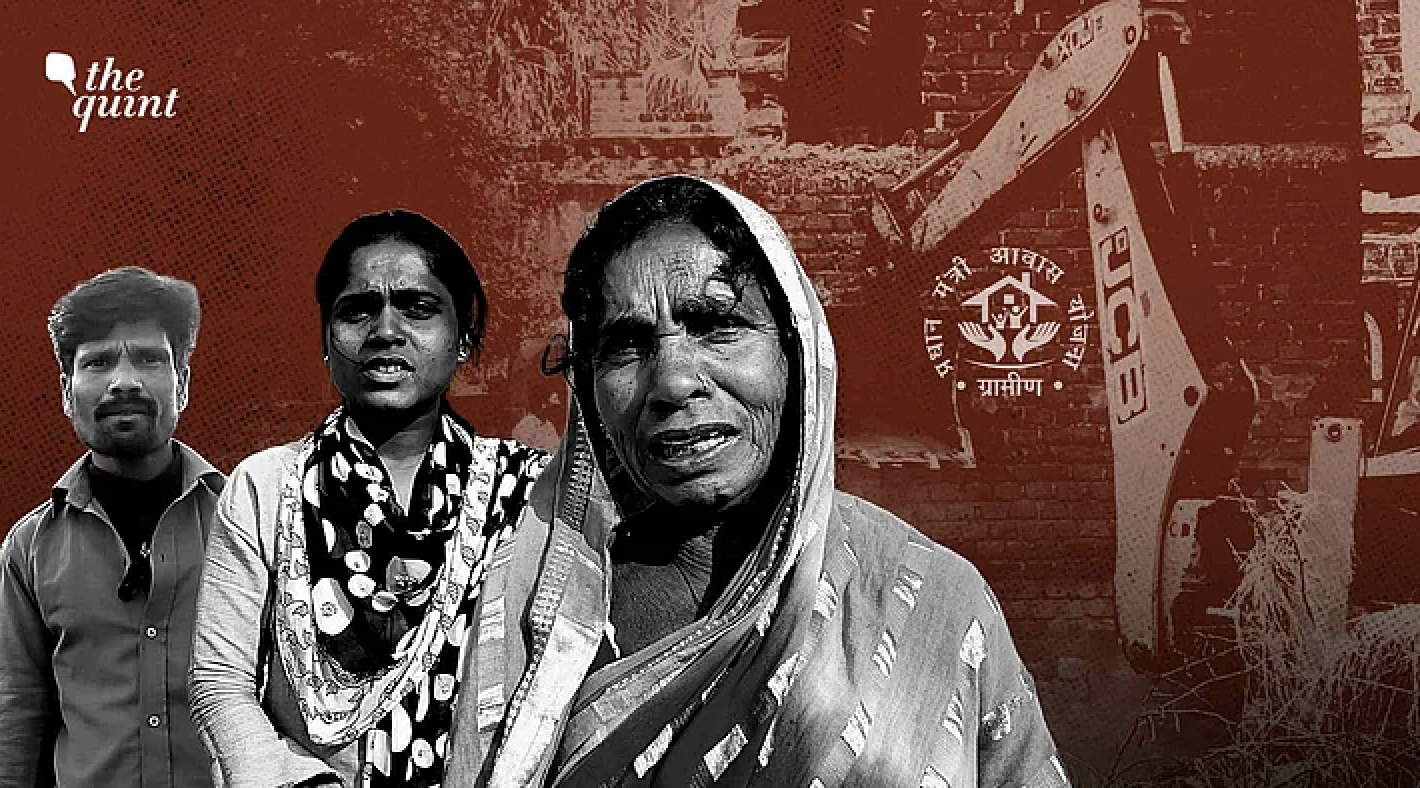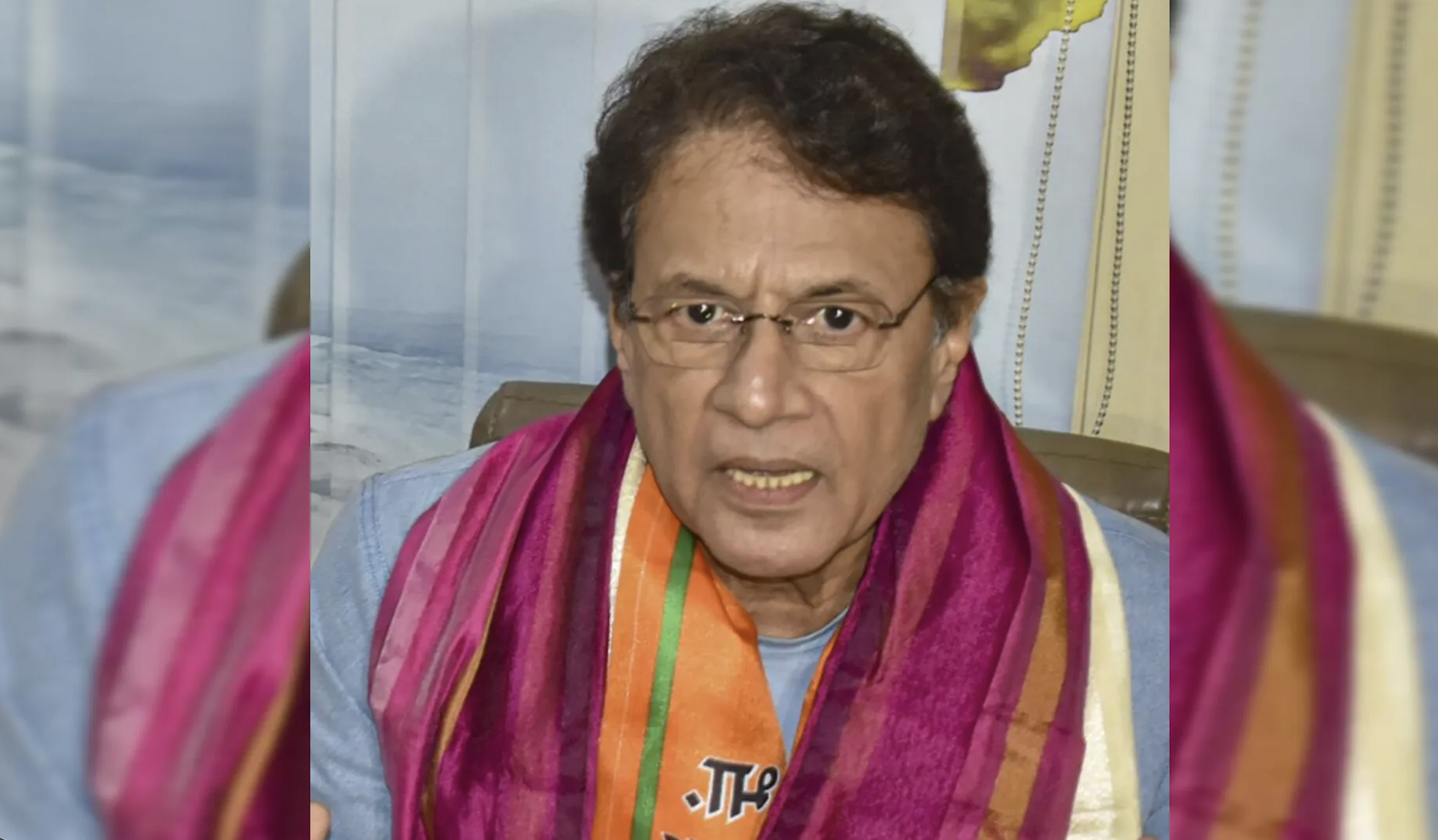
JASHPUR, India — Even in dense jungles, India’s right-wing Hindu movement is pursuing its project of transforming this historically secular country into a Hindu nation, seeking to convince millions of tribal people who have long remained outside mainstream religion that they, too, are Hindu.
Millions of missionaries work in schools, hospitals, technology centers, labor unions, even exercise groups and animal sanctuaries — masking their religious objectives with development work.
This evangelical campaign is among the most consequential endeavors of Rashtriya Swayamsevek Sangh (RSS), a paramilitary volunteer organization that serves as an umbrella for Hindu nationalist groups and is allied with Prime Minister Narendra Modi’s ruling Bharatiya Janata Party (BJP).
The work has proved unexpectedly effective, with analysts and observers within these communities saying they have been surprised at the headway missionaries have made in persuading tribal people to join their ranks, construct temples and change their religious patterns, if not their religious identifications.
But the missionaries’ success has prompted a backlash over the past decade, deepening divisions in tribal communities among Hindus, Christians and nature-worshipers. “The resistance is also becoming more strategic, more powerful and more vocal,” said Jacinta Kerketta, a tribal writer from Jharkhand state who documents tribal struggles.
India recognizes 700 tribal communities, each with its own language and some with a degree of self-government. Some of the 100 million tribal people are eligible for affirmative action in government hiring and university admissions because of their marginalized status. The communities, scattered across the country’s hills and forests, began to develop a shared political identity about a century ago, calling themselves adivasis — meaning “original inhabitants,” akin to Native Americans in the United States.
This story was originally published in washingtonpost.com. Read the full story here.


